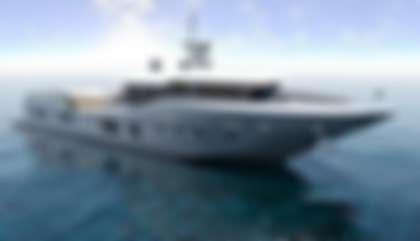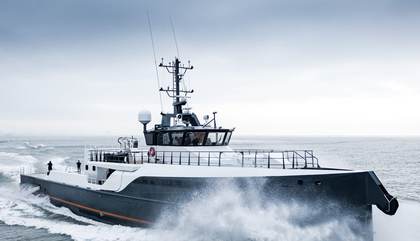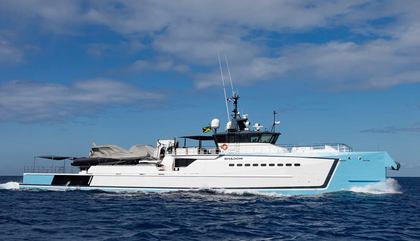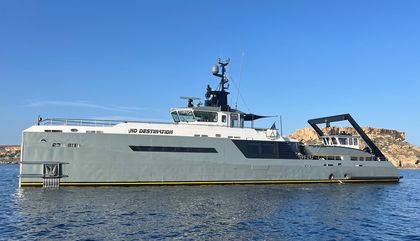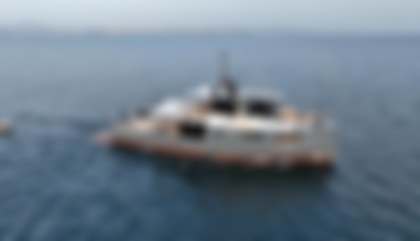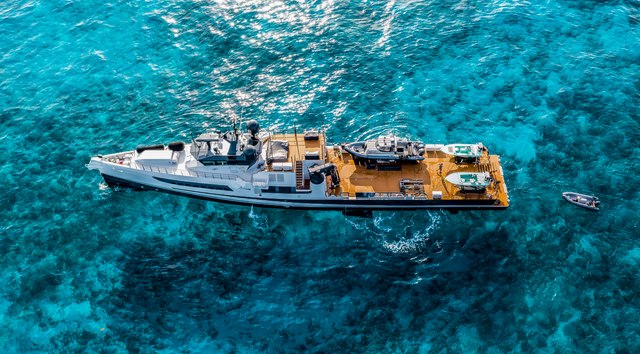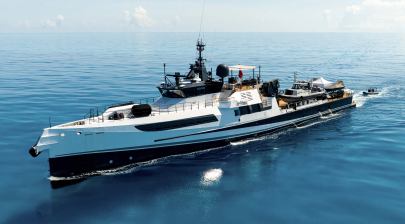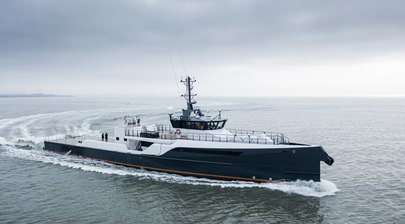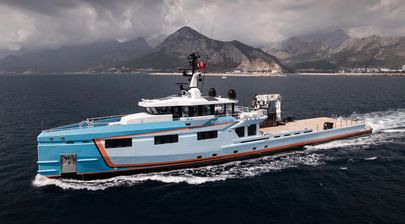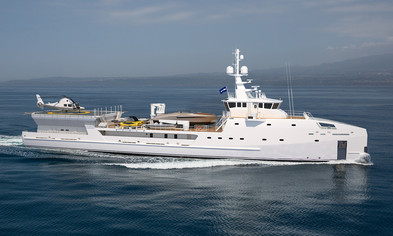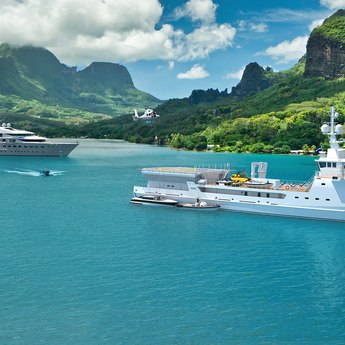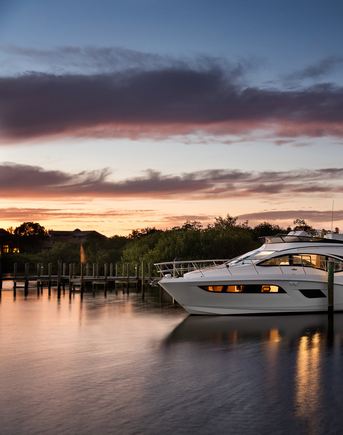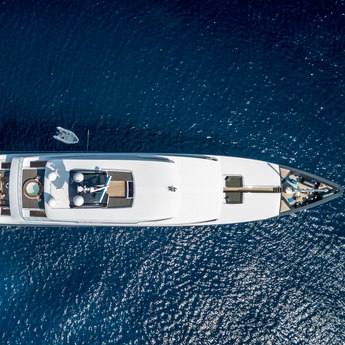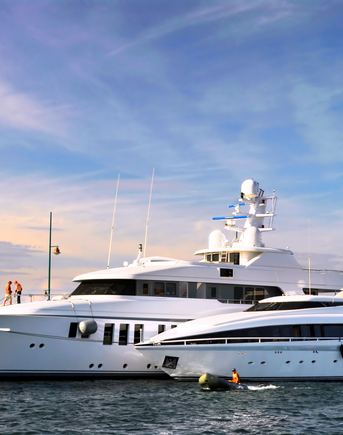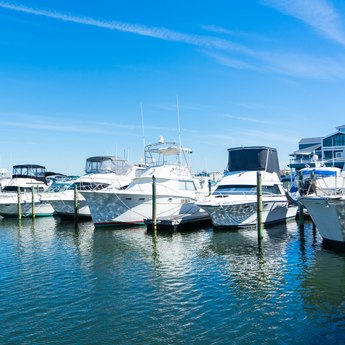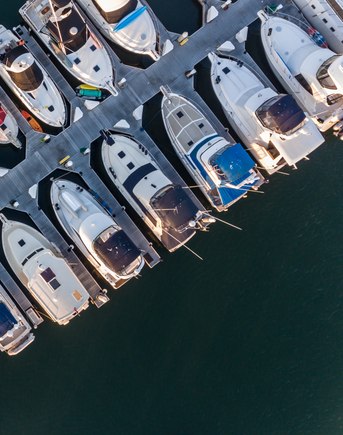Shadowing the mothership, carrying extra staff and equipment, scouting ahead and generally working to ensure every passage is a success, the Support yacht, also known as a shadow vessel, has become evermore common and, frankly, sensible as the size and complexity of the superyachts they serve increase.
These are basically commercial craft, with a specific task in mind. They should be tough workhorses, with function outweighing form and deck hardware taking priority over interior comforts.
Buying a support vessel means that, in theory, you already have a luxurious mothership, a large yacht or superyacht. However, such is the interest and admiration for support-type craft that some buyers are now looking at these highly capable vessels as standalone yachts, mixing the same super-practical deck spaces and seagoing strength with a more luxurious interior and guest accommodation.
The reason support vessels are in vogue has much to do with the current generation’s design, featuring axe-like vertical bows leading on to tall, purposeful superstructures and long sweeps of deck running aft. They can be fast too, able to punch ahead and set up a basecamp or find the right anchorage.
Alternatively, any former commercial vessel might be enrolled as a support vessel, with the right amount of refit work.
Whichever yacht you buy, you will need to fit out the deck area to suit and purchase the requisite toys, tenders or more specialist items such as submarines or helicopters.
As a separate consideration, support vessels also throw up an interesting piece of budgetary thinking. Buying a support vessel reduces the need to buy an even larger superyacht and so presents a strong value-for-money case. The cost of say a 100m superyacht could be far more than the combined cost of a 60m yacht and a 40m support vessel.






